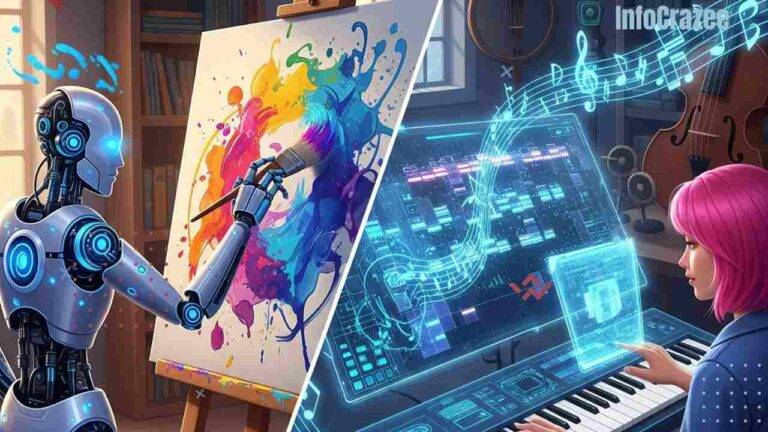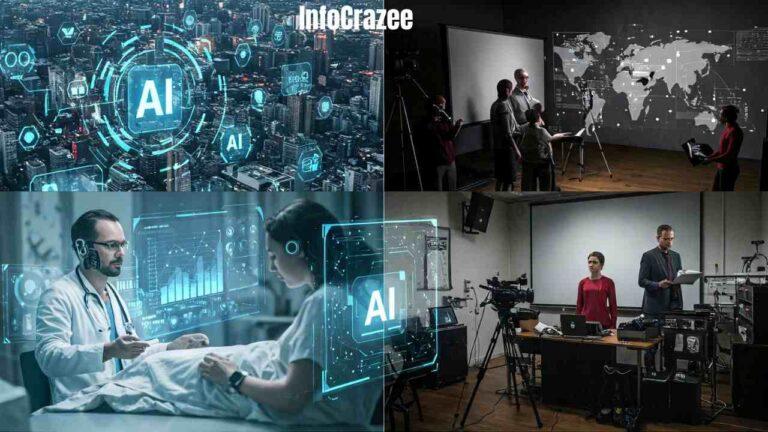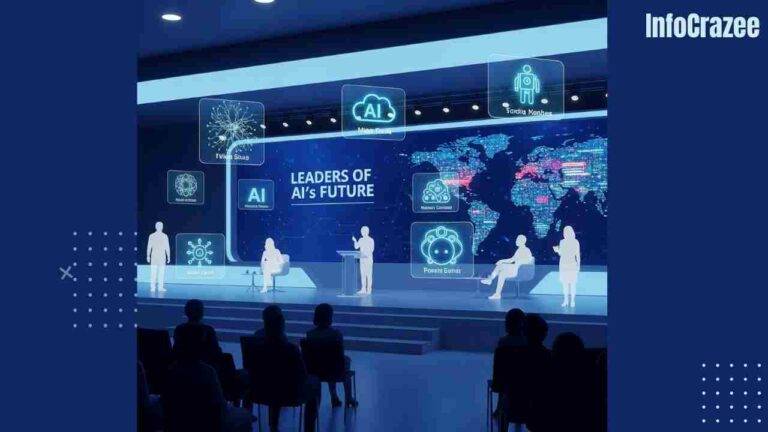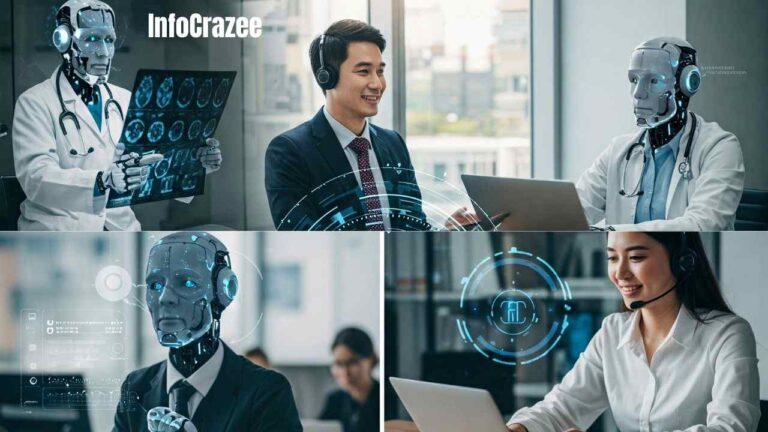AI for Social Good: Real Ways Tech Is Helping Solve Global Problems
When most people think of AI, they picture robots, self-driving cars, or maybe even smart assistants like Siri and Alexa. But AI isn’t just about convenience or high-tech gadgets—it’s also being used to make the world a better place.
From fighting hunger to protecting endangered species, artificial intelligence is quietly working behind the scenes to solve big challenges. And the best part? These real-world examples show that technology can truly be a force for good.
Let’s take a look at how AI is helping people, the planet, and even future generations.
What Does “AI for Social Good” Actually Mean?
At its core, “AI for social good” simply means using smart technology to tackle important problems—things like climate change, healthcare access, education, and poverty.
Instead of building tools that just boost profits, some researchers and companies are creating AI systems that help solve problems that matter to all of us.
Real-World Examples: AI Doing Good Around the Globe
1. Fighting Hunger with Smarter Farming
In countries like Kenya and India, farmers are using AI-powered tools to improve their crops. These systems analyze weather, soil, and satellite data to recommend the best times to plant, water, and harvest.
- Apps like PlantVillage Nuru help farmers detect plant diseases early using just a smartphone camera.
- AI helps reduce crop failures and improve food supply, especially in rural areas with limited resources.
Why it matters: More accurate farming means more food on the table—and less hunger.
2. Saving Lives with AI in Healthcare
In places with limited access to doctors, AI is stepping in to help detect and diagnose diseases.
- AI models are being used to catch signs of tuberculosis in chest X-rays.
- Some tools can even detect early signs of eye disease in diabetic patients, preventing blindness.
These tools don’t replace doctors—but they do help reach people in underserved areas, faster.
Why it matters: More early diagnoses = more lives saved.
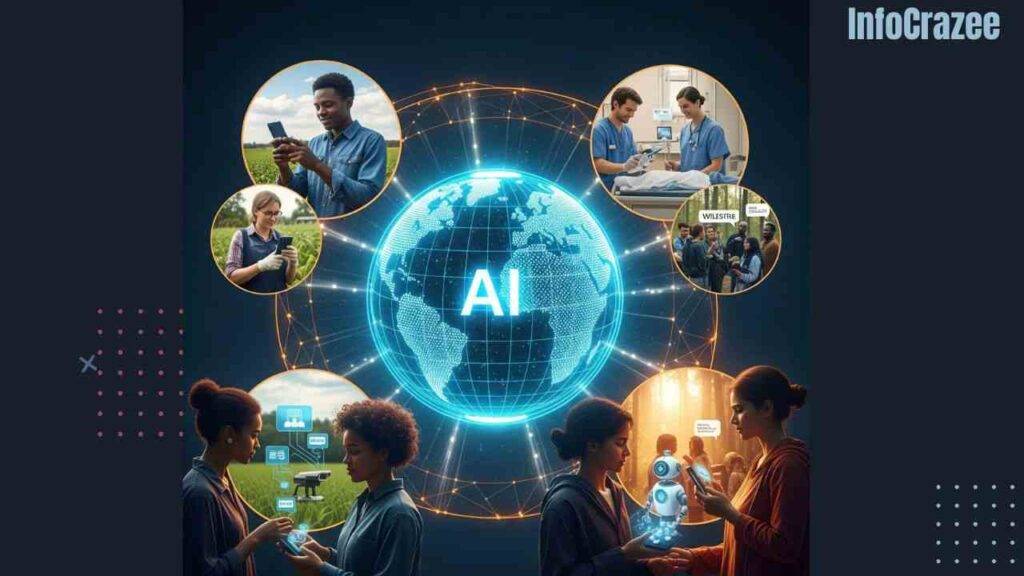
3. Predicting and Preventing Natural Disasters
What if we could predict floods, earthquakes, or wildfires before they happened? That’s exactly what AI is trying to do.
- Google’s Flood Forecasting Initiative uses AI to warn communities of rising rivers before floods hit.
- Other AI models help track wildfire risk using weather, satellite, and terrain data.
Why it matters: Giving people a heads-up can save lives and reduce damage to homes and infrastructure.
4. Protecting Endangered Species
AI is also helping protect animals by spotting poachers, monitoring wildlife, and stopping illegal logging.
- AI-powered cameras in African national parks can alert rangers when poachers enter protected zones.
- In the oceans, AI helps track whale movements and monitor coral reef health.
Why it matters: We’re using smart tools to protect the planet’s most vulnerable creatures.
5. Helping Refugees and Vulnerable Communities
AI chatbots and translation tools are supporting refugees and migrants around the world.
- Some systems help connect people with shelter, legal aid, and education in their native languages.
- AI-driven job platforms match refugees with employment opportunities based on their skills.
Why it matters: Technology helps break down language and cultural barriers during tough transitions.
The Human Side of AI
Let’s not forget—behind every AI system are human goals. These tools are created by people who care about making a difference. And sometimes, the story is just as important as the science.
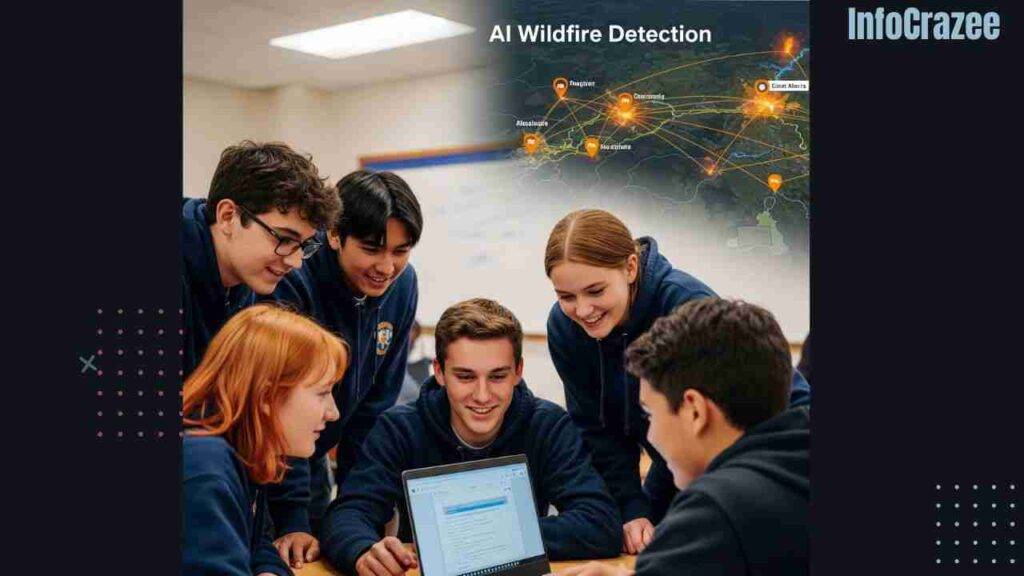
For example, a team of high school students in California developed an AI app that helps detect wildfires early. Their project is now being used by local fire departments. Talk about using brains and heart!
Challenges to Keep in Mind
AI for social good isn’t perfect. There are still hurdles, like:
- Access to technology: Not every region has internet or smartphone access.
- Bias in data: If the AI is trained on flawed data, it might make unfair decisions.
- Cost and complexity: Some tools are expensive to build and run.
That’s why it’s important to keep AI transparent, fair, and inclusive—especially when it’s being used to help vulnerable people.
How You Can Support AI for Good
Even if you’re not a tech expert, you can still be part of the change.
- Support organizations using tech for social good (like UNICEF, Wadhwani AI, and Global Fishing Watch).
- Stay informed about ethical AI and how it’s being used in your community.
- Ask questions when companies talk about AI—what problems are they really solving?
The more people care, the more companies and governments will prioritize solutions that actually help.
Final Thoughts
AI isn’t just about the future—it’s helping us right now. From protecting wildlife to saving lives, these smart tools are showing us what’s possible when we use technology with purpose.
At Infocrazee, we believe tech should work for everyone. So the next time you hear “AI,” don’t just think robots. Think clean water, healthier people, safer communities—and a brighter world.
Let’s keep cheering on the good stuff.
FAQs
1. Can AI really make a difference in poor or rural areas?
Yes, and it already is. AI-powered tools are helping small farmers, rural clinics, and underserved communities around the world by making smart solutions more accessible.
2. Is AI for social good expensive?
Some tools are, but many projects focus on low-cost or open-source options. The goal is to make these technologies available where they’re needed most.
3. How do we make sure AI is used ethically?
It starts with awareness, diverse teams, clear rules, and transparency. Governments, researchers, and users all play a part in making sure AI is used responsibly.


